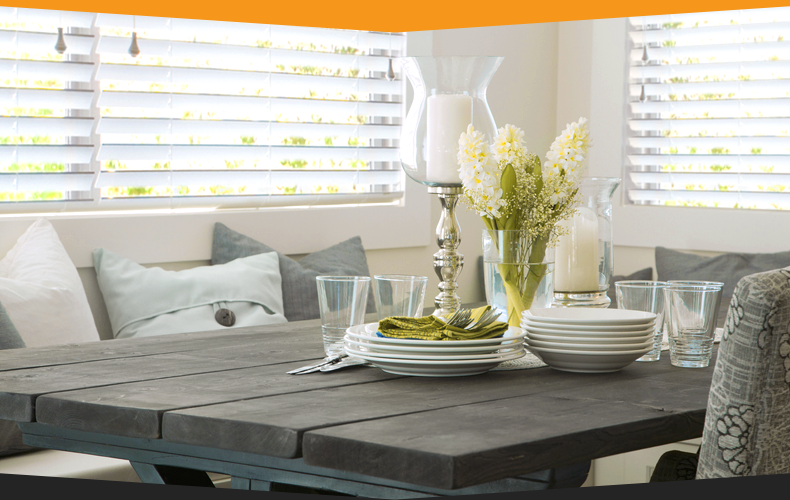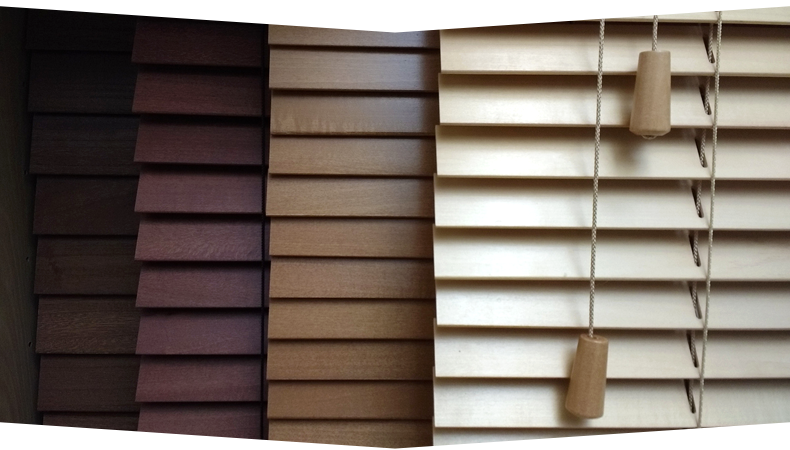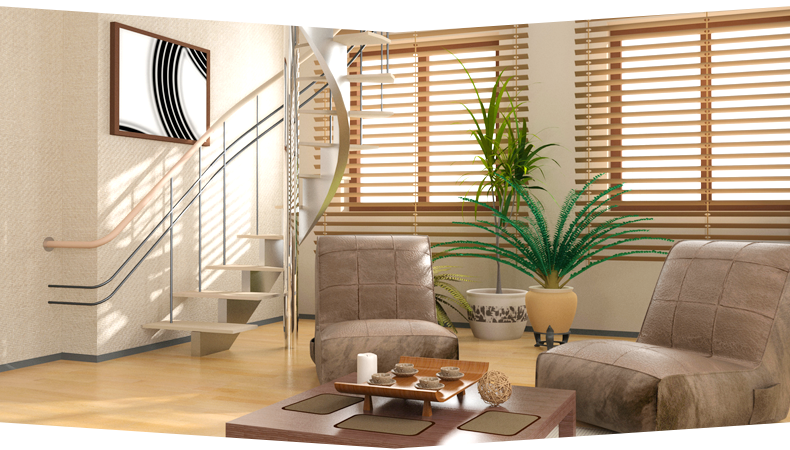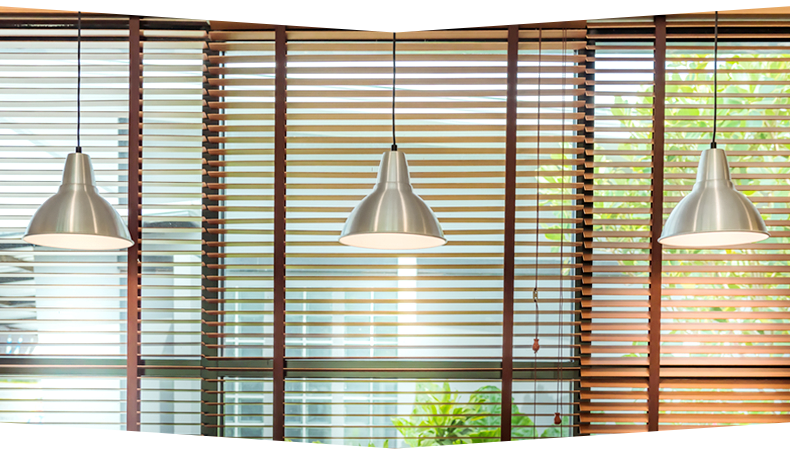Venetian Blinds Wood, Or Faux Wood? Which Is Best?

Venetian blinds are always a popular choice of home decoration. The reason for this is that they offer elegance, functionality, and in many cases, affordability. But not all blinds are made equal – as you browse wooden blinds for sale you’ll no doubt have noticed both real and faux wood options available.
Real wood blinds are pretty self-explanatory. They’re made from real wood – the different species used will give you all sorts of different colour and pattern options. Faux wood blinds can be made from a number of materials, either a composite wood or PVC/Vinyl.
Which is best for you?

Real wood – pros and cons

Benefits of Real Wood
A key benefit of real wooden Venetian blinds is that they, quite simply, look fantastic. Real wood is always going to be the choice when pure aesthetics are concerned. Real wood has a character that faux wood simply can’t compete with – so if looks are your primary concern, you’re going to want real wood blinds.
Real wood also offers a degree of practicality, as well as pure looks. Wood is an excellent insulator, which will help you to keep your home relatively energy efficient by helping to prevent heat loss through your windows. Real wood also provides strong resistance to sunlight.
Drawbacks of Real Wood
A downside of real wood is that it requires care and consideration to keep it looking its best. You’ll need to regularly dust and polish it to keep the wood looking good and to keep it protected. You must be careful of the cleaning products you use though, so avoid anything too strong.
It’s also important to know that real wood generally isn’t the best option if you live in an area where the blinds are going to be exposed to intense sunlight or moisture. Real wood can get very dry, begin to lose its colour, and become brittle when exposed to constant strong sunlight, and warp with too much moisture.

Benefits of Faux Wood
Faux wood’s primary appeal is that it’s much more durable than real wood, without needing the extensive maintenance. A faux wood blind would be the ideal choice for a bathroom or kitchen, for example, where the blind is going to be exposed to regularly high levels of humidity – a real wood blind might begin to warp here. Faux wooden Venetian blinds are also much easier to keep clean than their real wood alternatives. You don’t have to worry about using strong chemicals or damaging the wood grain or anything like that, which makes keeping them clean much simpler. They may also be less prone to trapping dust and grime.
Drawbacks of Faux Wood
A downside of faux wood blinds is that they can often be much heavier than real wood, which makes them that much more difficult to install.
If you’re paying someone to fit your blinds for you, it might mean two people are required rather than one, which can make installation more expensive.

